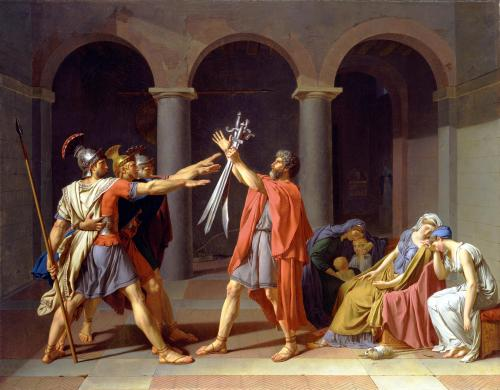Romantic Art Analysis
.jpg)
Romantic Blog Post: Impressionism vs. Art Nouveau In this post, I will be discussing and comparing four different paintings. I will also explain my feelings about the works and what they represent. Two pieces will be Impressionist works, specifically, Claude Monet's San Giorgio Maggiore at Dusk and Vincent van Gogh’s Starry Night on the Rhone . The other two works will be the Art Nouveau piece Biscuits Lefevre Utile by Alphonse Mucha and Gustav Klimt's Judith Holding the Severed Head of Holofernes . After analyzing these four paintings individually, I will conclude by comparing the Impressionist and Art Neadeau styles and explaining which I prefer. Impressionism The 1800s was a time of immense change and innovation for the arts and the world. The 19th century saw several short-lived but influential art movements rise and fall. Impressionism was a trend started in 1874 by a group of like-minded artists known as the Anonymous Society of Painters, Sculptors,

